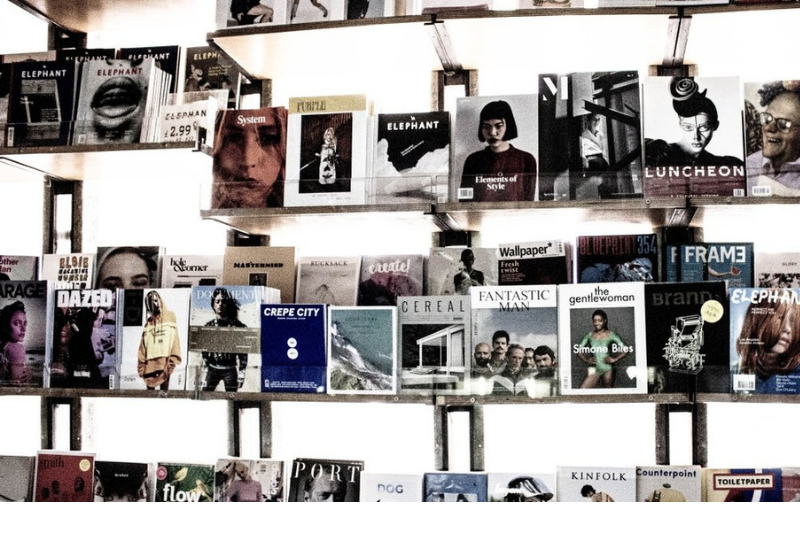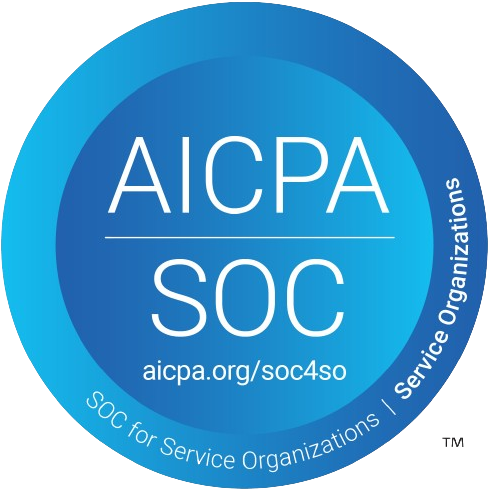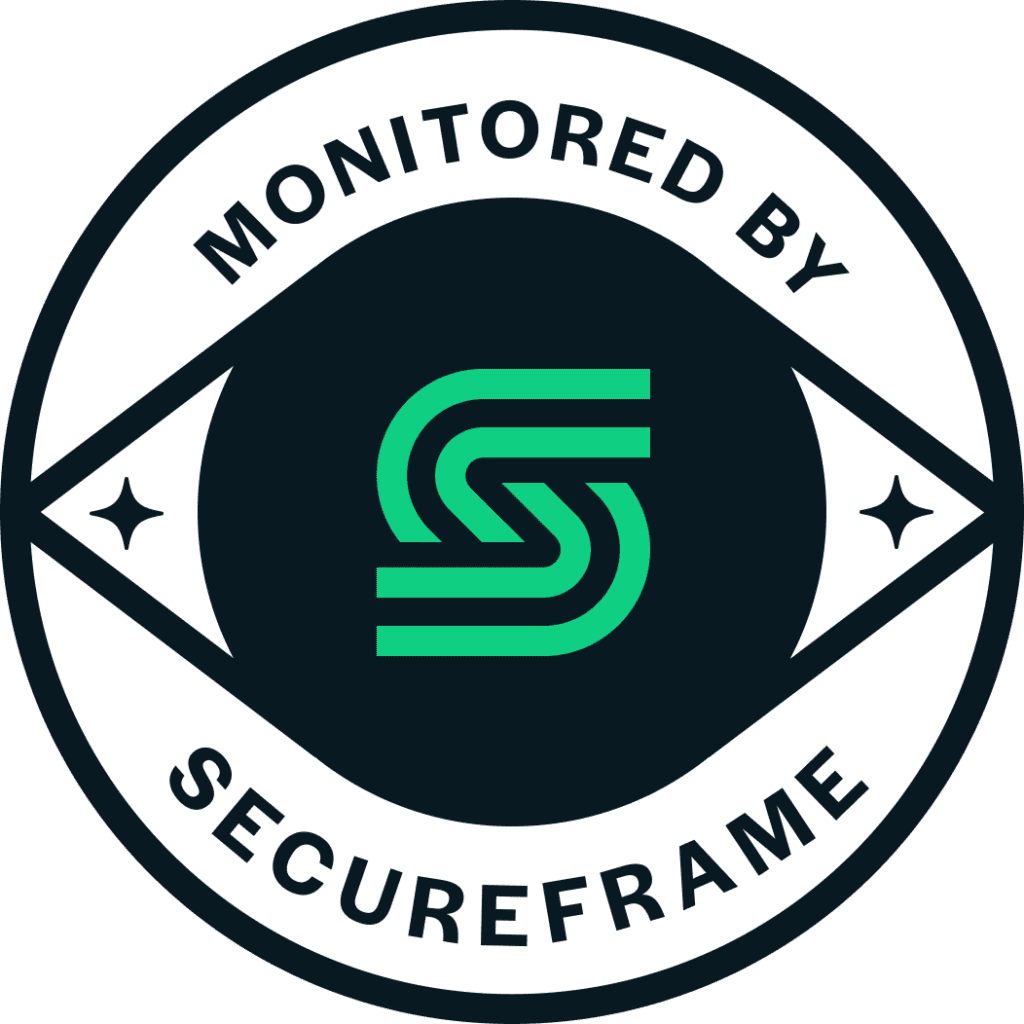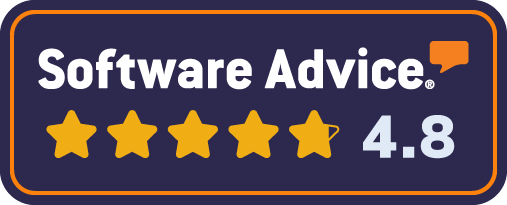There’s been no shortage of news and distress about the struggles of the media and publishing industries, print publications in particular. It’s true that large, broad, general-interest players are facing enormous challenges in scaling their audiences, as well as growing subscription and advertising revenue. These warnings have been a steady drumbeat in media industry analyses for the last several years. But hidden among all the obituaries, there’s an inspiring, ongoing success story.
Mining niches for gold
Niche publishers have not merely survived the past decade – many of them are thriving. They’ve managed this feat by staying relentlessly focused on one specific category and by thoroughly understanding the types of content and information that their audiences want, need—and in some cases, what readers don’t yet know they need. These publishers have tapped into a sense of community in a particular geography or into a passion or profession around a particular topic. And although they may be small, they’ve earned the trust and loyalty of their various audiences.
At CredSpark, we saw that expertise and audience insight on full display when we attended the 2018 Super Niche Conference in Louisville, Kentucky. It was exciting to see the innovations in how niche publishers are leveraging their websites, online directories, memberships, events, conferences, and more to supplement their publications.
But it’s not all rainbows and unicorns…
Niche publishers are not fully immune to the larger forces challenging the industry at large. They face the same struggles of premium print advertising shriveling to commoditized online ads, as well as the same issues keeping audiences engaged with print content when there are so many other alternatives online. In addition, today’s ubiquitous, self-serve digital advertising opportunities provide advertisers with myriad ways to target and reach their prospective customers on their own.
In effect, the Internet has flattened the playing field, removed barriers to entry, and provided alternative access to these targeted audiences.
So, why are we still bullish on niche publishing? It’s simple: Audience Data
From marijuana & horses to food safety & psychology, niche publishers have a deep, immense, and instinctive knowledge of their audience and the topics and issues which matter to them. The missing link? They haven’t fully catalogued and quantified that knowledge in a meaningful way that makes sense in the digital-first world in which we live and operate.
Nearly every publisher has broad, generic data on their audience. The issue is that the prominent social and online platforms have pretty much the same data. We’re convinced, however, that deeper (not broader) audience data is the key to sustainable success for niche publishing, and in fact, has the potential to unlock enormous, untapped growth potential. We think this opportunity manifests itself in five key ways:
- Create Interactive Content Experiences That Engage Readers & Improve Readership Metrics
By digitizing print content and/or adding an online, interactive component to it, niche publishers have the opportunity to engage their readership in a more meaningful way. It provides an opportunity for readers to dive into a topic more deeply, test their knowledge on certain subjects, and compare their understanding to others.
In addition, every single user activity improves readership metrics, including clicks, page views, time-on-site, and more. It’s a great experience for readers; it drives great activity for publishers; and it’s of great interest to potential advertisers.
- Generate Leads & Identify Potential Subscribers
People inherently like to engage & assess their understanding of the world. Adding interactive content elements allows niche publishers to tap that basic human instinct, and in the process, generate new leads, collect the data needed to qualify them, and lay the groundwork for converting them into paying subscribers or members.
- Connect Print with Online, Adding Value in the Process
Many publishers have not taken full advantage of ways to connect print with online. They’ve either just mimicked the print edition online or treated the two as separate entities unto themselves. And yet each is its own distinct reader experience with its own inherent value and limitations.
Interactive content is a terrific way to bridge the two, while adding value to both. Cross promoting an interactive tool in a print publication drives print readers online for an additional experience with your content and allows you to better track their activity and gain insight into their behaviors and knowledge. It can also work in reverse. Capture online readers’ attention with an interactive content experience that drives them to learn more in-depth information about a topic that’s available in the print edition.
The result is that you not only drive traffic to all of your content properties, but you extract more ROI from your content production costs.
- Fill Data Gaps & Generate Even More Insights & Knowledge
What don’t you know about your audience?
In this industry, we often make a lot of assumptions about our audiences. With interactive content, assumptions are a thing of the past. Just ask them. And let’s move beyond simple polls and surveys. Package your content as a discovery experience that actually produces the data you want while creating a compelling experience for your readers. Your readership learns more about your content. You learn more about your readership.
- Develop Premium Advertising Opportunities
Let’s face it; basic, broad audience demographic & targeting data is commoditized. Advertisers can easily access that info through Facebook, LinkedIn, Google, et.al. These platforms may even know that a particular reader is interested in classic cars.
But the platforms don’t necessarily know the type(s) of classic car the reader owns, or the parts (s)he needs to complete a refurb project.
But Classic Car magazine publishers can…
They share that passion & connection with the reader; their knowledge & discernment is trusted by the reader; their content is considered by valuable by the reader. And with an assist from the data capture capabilities of an advanced interactive content platform, they can get to the specific needs, desires, opinions, and goals of the reader.
To keep on the classic car example, imagine how valuable data about a reader’s car knowledge and needs would be to an advertiser that sells classic car parts or hosts classic car conferences, etc., etc. That depth of data has immense value. And it’s sure as hell worth more than a static print or online banner ad.
CredSpark thinks deep, relevant audience data, combined with a targeted niche audience, goes a long way to getting niche publishers back to the pricing power they had in pre-Internet days. Sponsorships, lead generation campaigns, market research…the premium advertising opportunities surrounding interactive content experiences are only limited by our imagination.
Get moving & truly “own” your audience
Interactive content and the deep audience data that it drives can help niche publishers build true competitive advantage against social and online platforms. It provides an opportunity to strengthen the relationship not only with readers, but with advertisers and partners as well.
You can see why we’re bullish on the future of niche publishers. They’ve beaten the odds so far. Perhaps it’s time they capture the initiative, strengthen those niches, and maybe even light the way for the national and global publishing behemoths. We think they can do it.






